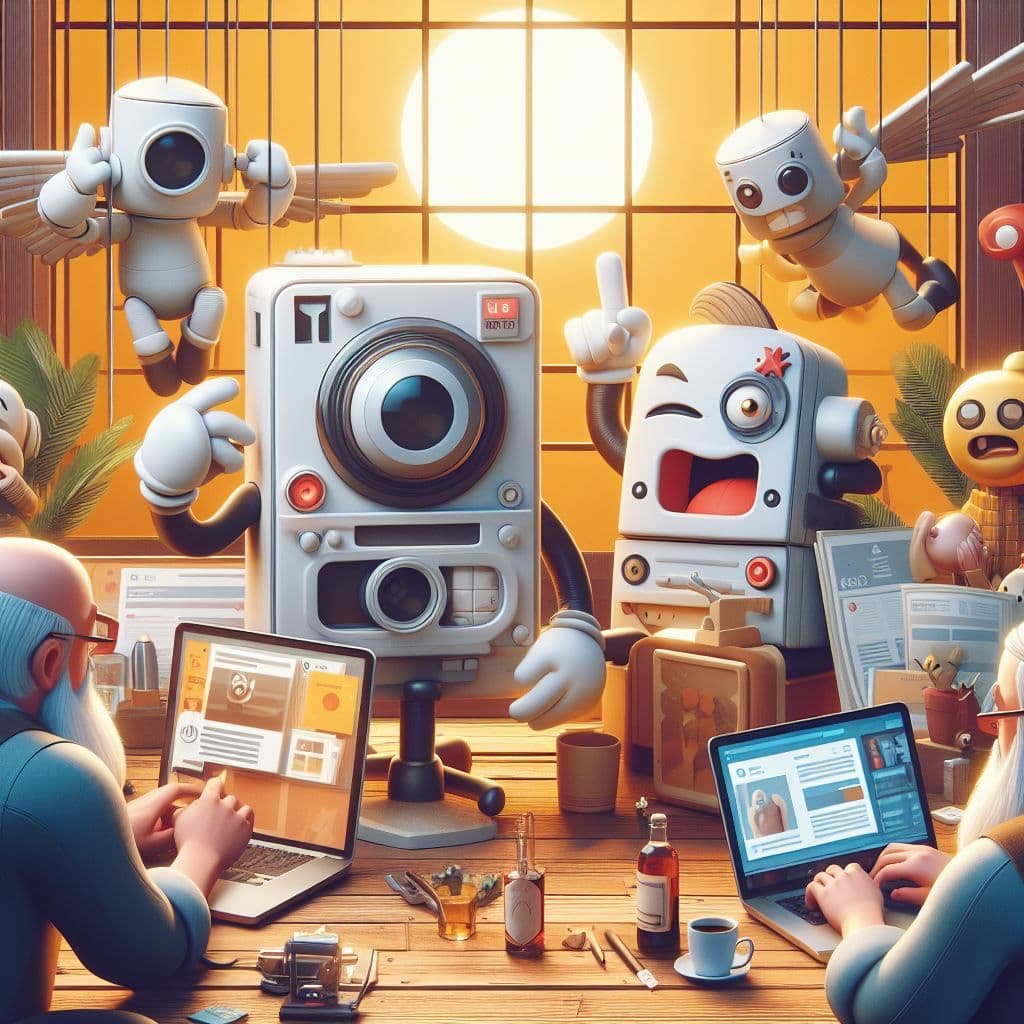UX Fails: A Hilarious Journey Through Tech's Most Notorious Blunders

Anuj Kothari
8 min readFebruary 20
In the fast-paced world of technology, where innovation is the name of the game, there are bound to be a few missteps along the way. While some blunders fade into obscurity, others become legendary for all the wrong reasons. Join us on a journey through some of the most side-splitting examples of bad UX that have graced our screens and left users rolling their eyes.
1. The Misadventures of Clippy, the Animated Paperclip
Ah, Clippy. The bane of every Microsoft Office user's existence in the late '90s and early 2000s. This animated paperclip meant well, but his well-intentioned interruptions and unsolicited advice often left users feeling more exasperated than enlightened. From suggesting irrelevant actions to popping up at the most inconvenient times ("It looks like you're trying to write a letter. Need help?"), Clippy's antics earned him a place in the hall of fame for bad UX.
2. Lost in Translation: Apple Maps' Epic Fail
In 2012, Apple decided to bid adieu to Google Maps and introduce its own mapping service with the launch of iOS 6. What followed was nothing short of a cartographic catastrophe. Users found themselves stranded in the middle of nowhere, thanks to misplaced landmarks, distorted views, and directions that seemed to lead straight into the nearest lake. The debacle even prompted CEO Tim Cook to issue a public apology, urging users to explore other mapping options until the kinks were ironed out.
3. The Great Clicking Conundrum: Windows Vista's UAC
Windows Vista's User Account Control (UAC) was intended to be a guardian angel of security, swooping in to protect users from malicious software and unauthorized changes to their system. Instead, it became the stuff of nightmares for anyone attempting to perform even the simplest of tasks. The incessant barrage of prompts—"Are you sure you want to do this?"—turned mundane activities into epic quests, with users navigating through a labyrinth of warnings just to change their desktop wallpaper.
4. BlackBerry Storm: A Touchscreen Tempest
Enter the BlackBerry Storm, hailed as the smartphone saviour that would rival the mighty iPhone. Alas, its innovative "SurePress" touchscreen left much to be desired. Rather than delivering the seamless experience users craved, it served up a cacophony of clicks and clacks, turning typing into a high-stakes game of chance. The Storm may have brought thunder to the smartphone market, but its turbulent touchscreen left users feeling more storm-tossed than triumphant.
5. Google Wave: The Wave That Washed Away
In 2009, Google unveiled Wave—a collaborative platform that promised to revolutionize online communication as we knew it. Instead, it left users drowning in a sea of confusion. With its convoluted interface and unclear purpose, Wave struggled to find its footing in an already crowded digital landscape. Despite Google's best efforts, the Wave eventually fizzled out, leaving behind a ripple of disappointment and a cautionary tale of good intentions gone awry.
In the ever-evolving world of technology, bad UX moments are bound to happen. But as we look back on these hilarious hiccups of the past, let's not forget the valuable lessons they impart. From the importance of user-centered design to the pitfalls of overzealous innovation, each misstep serves as a reminder that even the best-laid plans can go awry. So here's to embracing the laughter, learning from the blunders, and forging ahead on the never-ending quest for UX perfection. After all, in the world of technology, the only way to go is forward—preferably without a paperclip in sight.
- Quick Links
- Homepage
- Projects
- About Us
- What we do
- Careers
- Services
- Product Dev
- MarTech
- Data Analytics
- Our Products
- TrakNeo
- pURL
- Breathe India
- Arivu
- LIFI
